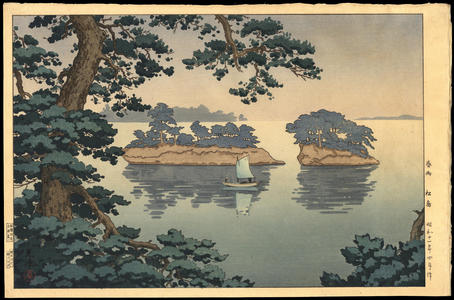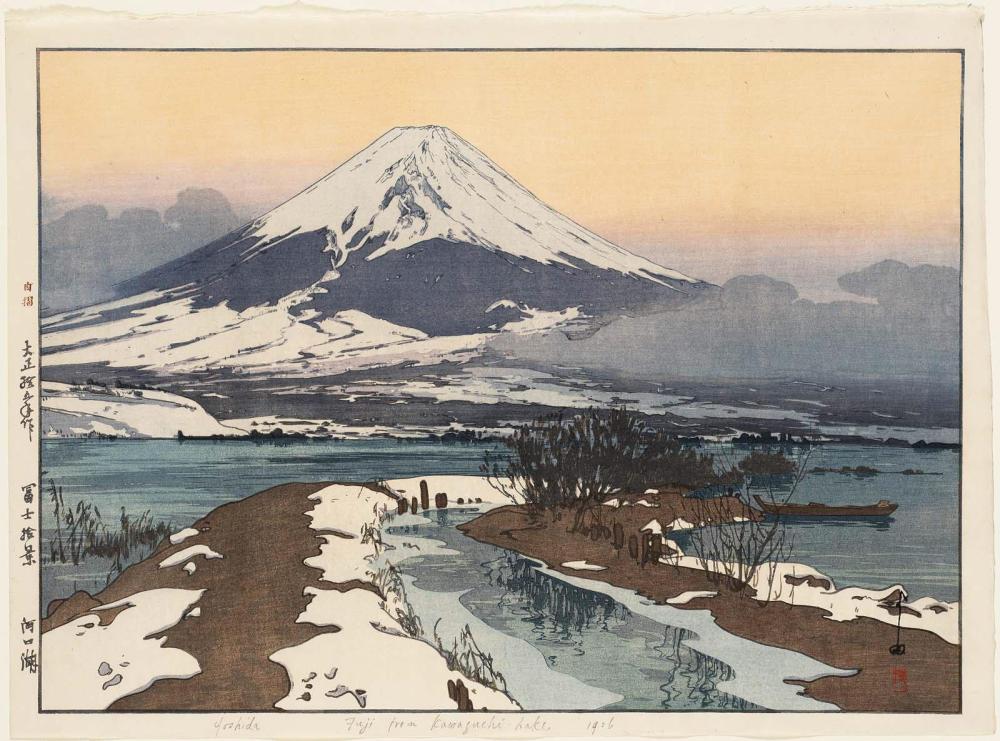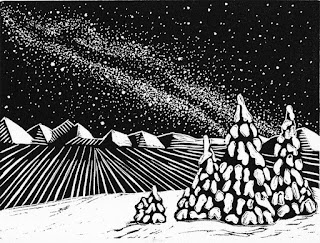Early to Mid 20th Century Japanese Art
Early to Mid 20th Century Japanese Art
Hasui, Kawase. Moonlight over Lake Kamo in Sado Island. 1921, Minneapolis Institute of Art, MN, United States.
Koitsu, Tsuchiya. Spring Rain at Matsushima. 1936, National Museum of Asian Art, DC, United States.
Takeji, Fujishima. Shirahama Hot Spring. 1940, Ukiyo-e Search, https://ukiyo-e.org/image/artelino/19043g1
Hiroshi, Yoshida. Kawaguchi Lake, from the series Ten Views of Fuji. 1926, National Museum of Asian Art, DC, United States.
My Thoughts
I personally love not only the style, but the colors and views as well. With most focusing on dusk or dawn, it draws out the natural beauty of Japan very well. As anyone who's lived in Alaska for long enough is sure to know, the late nights in the summer where the sun hangs in twilight is a surreal experience, and it's something these paintings seem to remind me of. The range of seasons is another thing which surprises me a bit. It's easy to think of Japan as being a tropical place, but with both its many mountains and islands, it has a diverse climate ranging from subtropical to subarctic.
I would love to own some woodblock prints, as I think both the cloth medium used and the art itself represent something beautiful. While I've never been to Japan (and have heard the work/living culture can be incredibly draining), I'd still love to go to see some of the sights it has to offer. If they're as vibrant as "Shirahama Hot Spring" or as tranquil as "Moonlight over Lake Kamo in Sado Island" and "Spring Rain at Matsushima", then I'm sure I would enjoy the trip. And while I'm sad that the practice of woodblock printing has fallen out of style, I believe the current Nihonga style has managed to capture the beauty of these and many more classic paintings and bring them into the new era.







For my non-Western blog, I chose Japanese art as well. I appreciate the opportunity to view several Japanese artists and their artworks in your Early to Mid 20th Century Japanese Art blog. My favorite of the presented wood prints was Lake Kamo under Moonlight, Sado Island, from the Taisho period by Kawase Hasui (1883 - 1957). The serene landscape depicts Lake Kamo surrounded by a soaring mountain ridge flooded by silvery moonlight with the traditional Japanese fishing boats (ashitenma) in the foreground. The print is flooded with a monochromous night blue color. The woodblock print captured the serenity of the nocturnal landscape and displayed a flawless composition. The artist, who passed away at the age of 74 in Tokyo, Japan, had created more than 600 additions to his prints. He also created oil paintings, traditional hanging scrolls, and a few byōbu artworks.
ReplyDeleteHi Elliott, you picked a good theme and time period for your blog. Japanese Art are one of my favorite exhibits to look , especially those that has a poem add into them. If I don't understand the poem, the art piece would usually give hints about what it is about and it turns out really beautiful. What I love about the art pieces you picked is how pop the colors are, which I mean that even though it looks like they are using one color for that section of the piece, they actually use more than one color to make it look like they blend to each other. I love how the drawing is so precise and how much they look like puzzle pieces to me.
ReplyDeleteHi Elliott! I also chose to feature Japanese art in my blog, specifically the Nihonga movement. I love the works you have chosen and I completely agree with your comparison of the feel of these works to the midnight sun in Alaska. I really love the varying blue tones used in Moonlight over Lake Kamo in Sado Island that give a peaceful night time feel.
ReplyDelete